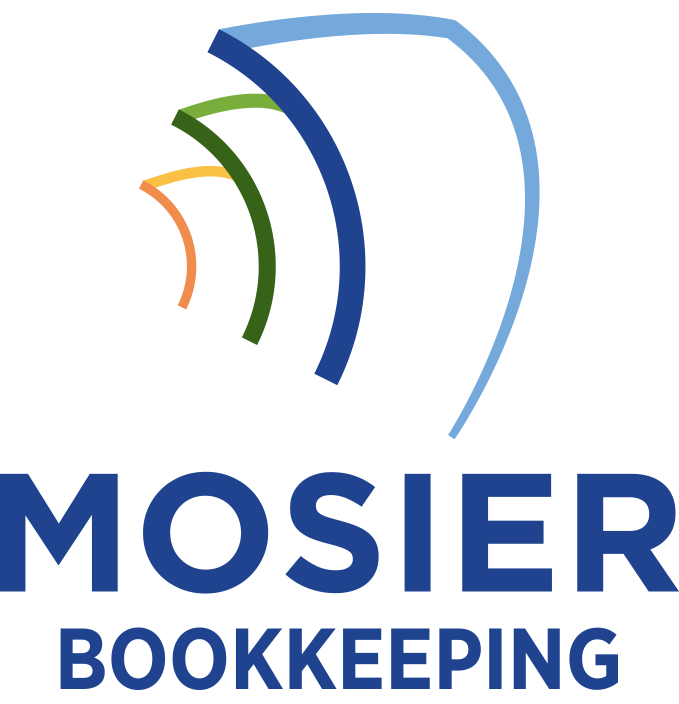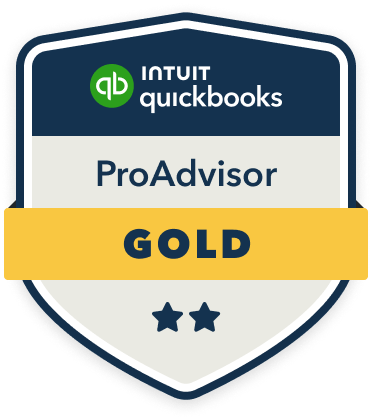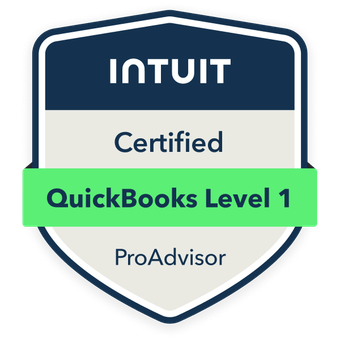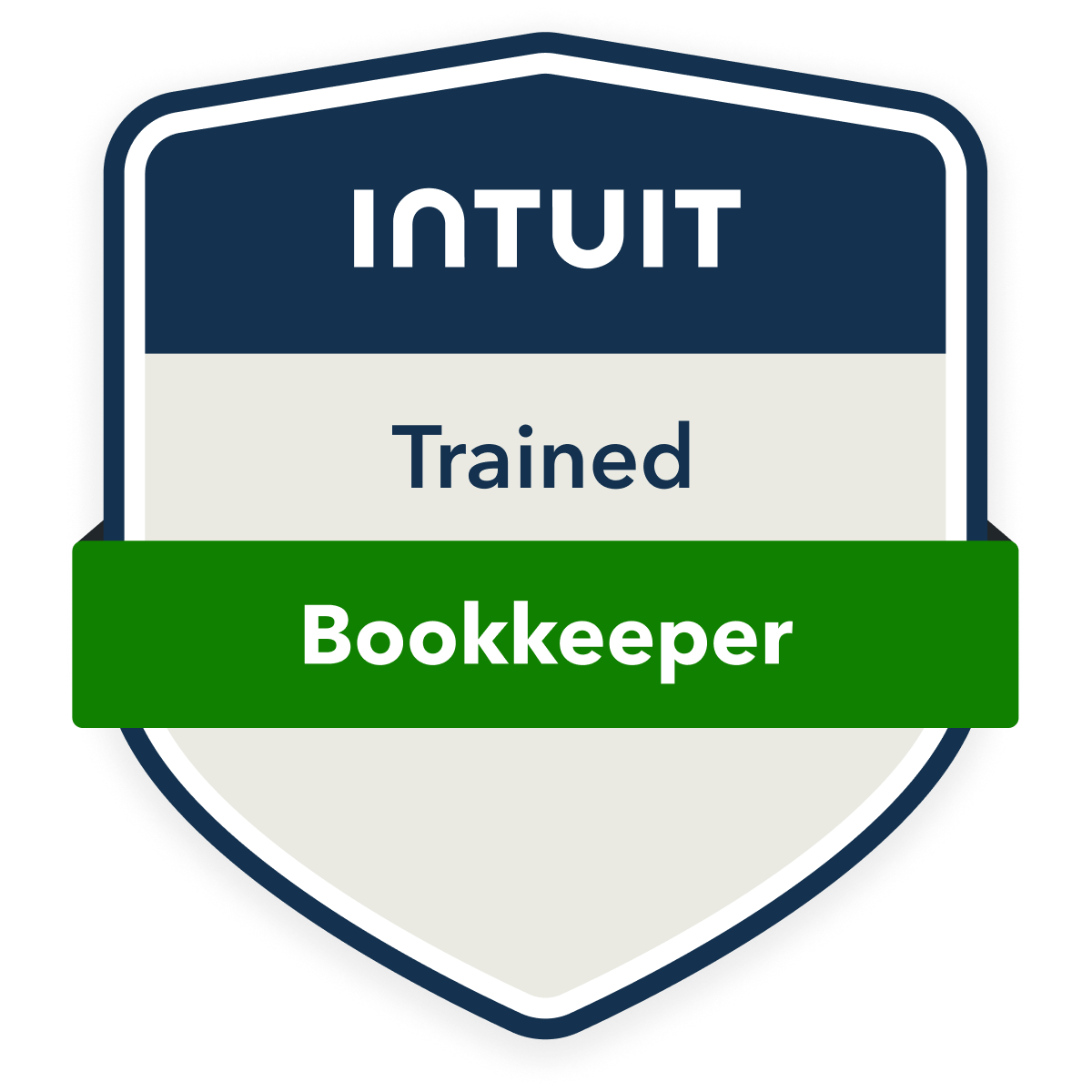To effectively manage inventory costs through bookkeeping, I recommend implementing a digital tracking system with real-time updates and barcode scanning capabilities, which can reduce labor costs by 40%. You’ll want to combine this with FIFO accounting methods, strategic supplier management for 15-20% bulk savings, and regular physical audits to reconcile variances. By integrating these practices with cloud-based inventory software and optimized purchase ordering, you’ll discover substantial opportunities to strengthen your bottom line.
Establishing an Effective Inventory Tracking System

Three core elements form the foundation of an effective inventory tracking system: accurate record-keeping, real-time updates, and systematic organization.
I recommend implementing a digital management solution that integrates barcode scanning with your accounting software. This maximizes efficiency while minimizing human error. You’ll need to establish clear protocols for receiving, storing, and shipping inventory, ensuring every movement is documented.
I’ve found that categorizing items by SKU, location, and turnover rate creates powerful data insights. By maintaining perpetual inventory records, you’ll optimize cash flow and make strategic purchasing decisions that directly impact your bottom line.
Implementing Cost Accounting Methods for Stock Control
When managing inventory costs effectively, selecting the right cost accounting method forms the cornerstone of stock control success. I recommend implementing these proven methods to maximize your financial control and minimize waste:
- FIFO (First-In-First-Out) tracking to optimize stock rotation and reduce spoilage costs
- Weighted average costing to balance price fluctuations and maintain consistent valuation
- Standard costing with variance analysis to identify cost overruns quickly
- ABC (Activity-Based Costing) to allocate overhead accurately and identify profit-draining items
I’ve found these methods deliver measurable results in cost reduction while providing the data precision needed for strategic inventory decisions.
Optimizing Purchase Orders and Supplier Management

Smart purchase order management and strategic supplier relationships directly impact your bottom line through inventory carrying costs. I’ll show you how to maximize your purchasing and leverage supplier partnerships to maximize cash flow.
| Strategy | Financial Impact |
|---|---|
| Bulk Order Timing | 15-20% savings |
| Supplier Consolidation | 8-12% cost reduction |
| Payment Terms | 2% early pay discount |
| Delivery Scheduling | 5% logistics savings |
| Contract Negotiation | 10-15% volume rebates |
I recommend implementing automated purchase order thresholds and establishing preferred supplier agreements. This streamlines your ordering process while maintaining ideal stock levels. By monitoring supplier performance metrics and negotiating volume-based pricing, you’ll reduce per-unit costs and strengthen your market position.
Conducting Regular Inventory Audits and Reconciliation
Regular inventory audits serve as your financial safeguard by identifying discrepancies between physical stock counts and accounting records. I recommend conducting thorough reconciliations to protect your bottom line and maintain control over your assets.
- Compare physical counts against system records monthly to detect theft, damage, or recording errors
- Document all variances and investigate discrepancies exceeding your defined threshold
- Adjust book values to reflect actual inventory levels and calculate shrinkage costs
- Generate variance reports to identify patterns and implement corrective measures
Through systematic auditing, you’ll strengthen internal controls, reduce financial exposure, and make data-driven decisions about inventory management and loss prevention strategies.
Leveraging Technology for Accurate Inventory Records

Modern inventory management systems offer three core advantages: real-time tracking, automated data entry, and integrated analytics. I’ve found that implementing cloud-based inventory software can reduce labor costs by 40% while minimizing human error. You’ll gain instant visibility into stock levels, movement patterns, and reorder points.
I recommend selecting a system that integrates with your point-of-sale and accounting software. This integration will give you powerful data insights, enabling you to cut carrying costs and optimize working capital. The ROI typically materializes within 6-12 months through reduced stockouts, improved cash flow, and enhanced operational efficiency.
